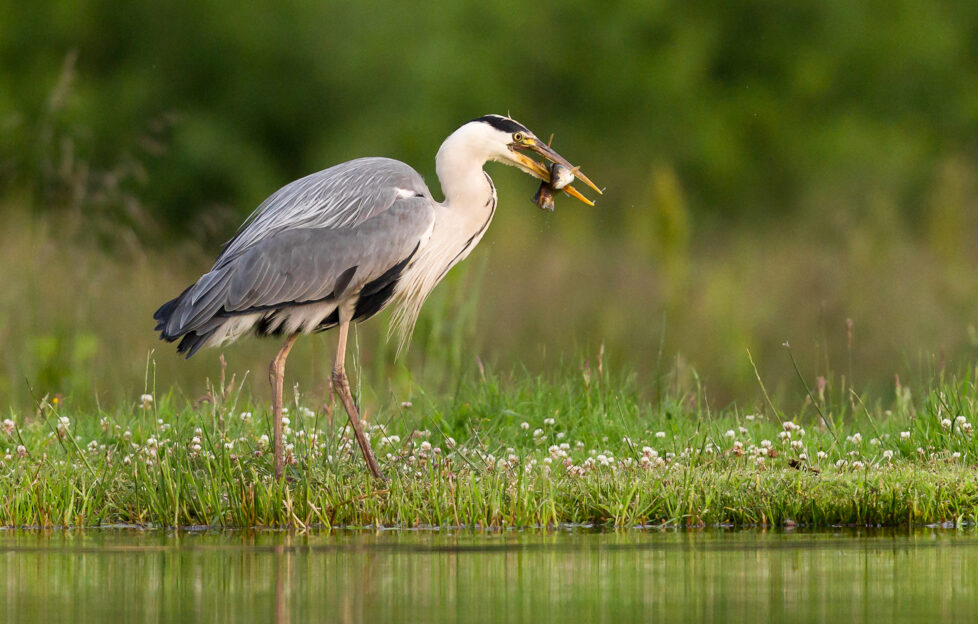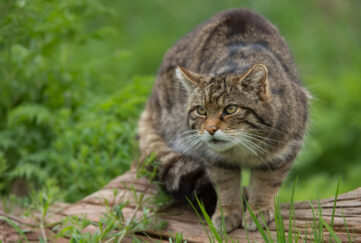Five Fascinating Facts – Grey Heron

Discover some interesting facts about the unmistakable and striking Grey Heron…
1. Some male herons develop a whole host of elaborate plumages and crests in order to attract females in the breeding season.
2. The average lifespan of a grey heron is 5 years in the wild with breeding typically at 2 years. However, the maximum lifespan recorded was 23 years.
3. Herons are superb flyers and can reach an impressive speed of 48 kilometres (30 miles) per hour.
4. The heron family includes over 64 species, and all of them are carnivorous. The scientific name for the grey heron is Ardea Cinerea.
5. Herons typically eat a lot of fish, but they will also occasionally prey on small birds such as ducklings and small mammals such as voles. They can also feed on reptiles, amphibians, molluscs and insects.
WHERE TO FIND THEM: Grey herons can be spotted across most of Scotland, but are rarer in places such as Shetland and Orkney. You will normally find a grey heron around any kind of water such as garden ponds, lakes, and rivers.

You can read Jim Crumley’s Scottish wildlife columns online here, and each month in The Scots Magazine.
Subscribe to The Scots Magazine today for more of Scotland’s wildlife >>





